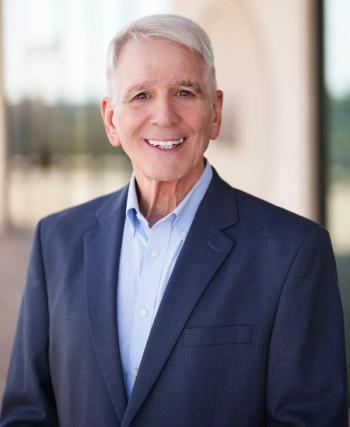
Payers Can Help with the Joy of Medicine
Payers have a direct interest in preserving independent physician practices andhelping all physicians regain the Joy of Medicine.
Physician dissatisfaction is as problematic as escalating healthcare costs, and warrants an all-hands-on-deck approach. For payers, physicians very often are the face of healthcare for their members, meaning that they too have a compelling reason to join the efforts to restore the Joy of Medicine. This is even truer for payers with accountable care organizations (ACOs) and other risk-sharing arrangements that more closely align the goals and expectations of health plans and physicians.
In the nearly 18 months since Geneia released the
- 84 percent say the amount of quality time they can spend with patients has decreased in the past 10 years
- 67 percent know a physician who is likely to stop practicing medicine in the next five years as the result of physician burnout
- 87 percent say the “business and regulation of healthcare” has changed the practice of medicine for the worse
As physicians’ frustrations with the business of medicine have increased, many more have become hospital and health system employees.
The Government Accountability Office found the number of hospitals purchasing physician practices nearly doubled from 96,000 to 182,000 between 2007 and 2013, and the number of hospitals directly employing physicians grew from 1,400 to 1,700.
Accenture predicts
The trend of physician employment is largely a reaction to reimbursement changes and the need for infrastructure investments in electronic health records (EHRs) and information technology. A recent Medical Group Management Association report showed that IT spending exceeded $32,000 per physician in 2015.
At that level of expenditure, the physician employment trend is understandable, yet should be very concerning to payers. After all, the research shows prices typically increase after employment:
- A
2014 Health Affairs study found hospitals’ ownership of physician practices was associated with higher hospital prices and spending
- A
Journal of the American Medical Association Internal Medicine study showed prices and spending for outpatient care increased as the result of financial integration between physicians and hospitals
At the same time, there is growing evidence that hospital ownership of physician practices is not associated with quality improvements.
How Can Payers Help Restore the Joy of Medicine?
It seems clear that payers have a strong interest in preserving independent physician practices – and that likely means helping them contend with reimbursement pressures, measurement accountability, and overhead costs, and find more time to create meaningful relationships with their patients.
Earlier this year, we wrote about
As a result, he regained not only time, but control and a sense of sanity, and was able to once again put his energy into connecting with patients and experiencing the Joy of Medicine.
Prior to his practice’s implementation of the
Payers looking to preserve independent physician practices like Dr. Allen’s would be well-served to provide them with comprehensive analytics solutions like the Theon® platform, and readily share data and interventions across their members. This would align the payer and the practice, not only in outcomes, but also in the work being
performed, and in valuing the critical role that independent practices play in effectively managing health care. By supporting their partner practices, payers can expect to improve the cost and quality of care and the satisfaction of physicians, all of which benefits their members and employer customers.
Newsletter
Get the latest industry news, event updates, and more from Managed healthcare Executive.






















































